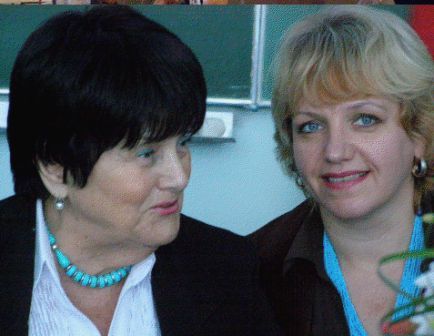Western medical acupuncture is a therapeutic modality involving the insertion of fine needles; it is an adaptation of Chinese acupuncture using current knowledge of anatomy, physiology and pathology, and the principles of evidence based medicine. While Reflexotherapy and Western medical acupuncture has evolved from Chinese acupuncture, its practitioners no longer adhere to concepts such as Yin/Yang and circulation of qi, and regard acupuncture as part of conventional medicine rather than a complete “alternative medical system”. It acts mainly by stimulating the nervous system, and its known modes of action include local antidromic axon reflexes, segmental and extrasegmental neuromodulation, and other central nervous system effects. Practitioners of Reflexotherapy and Western medical acupuncture in present time tend to pay less attention than classical acupuncturists to choosing one point over another, though they generally choose classical points as the best places to stimulate the nervous system. The design and interpretation of clinical studies is constrained by lack of knowledge of the appropriate dosage of acupuncture, and the likelihood that any form of needling used as a usual control procedure in “placebo controlled” studies may be active. Practitioners are to return to backgrounds of Chinees Traditional Medicine to improve the effectiveness of Reflexotherapy and Western medical acupuncture and increase their role in a modern health service system.

Honorary UARMA President Eugenia Macheret and Uarma President Olga Kovalenko
